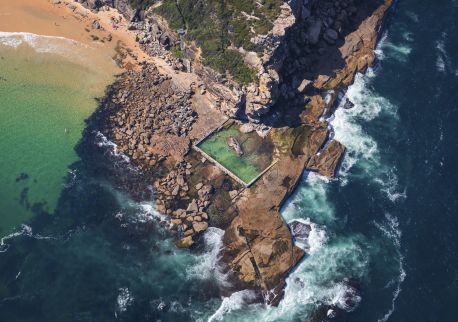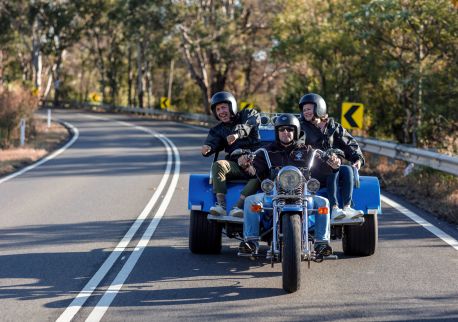The Great North Road Convict Trail
Highlights
Overview
The Great North Road Convict Trail, surveyed in 1825 and completed in 1836, was constructed using convict labour. Up to 720 convicts - some in chains - worked on the road, which spanned 264 kilometre, connecting Sydney to the settlements of the Hunter Valley. It features spectacular and beautifully preserved examples of stonework, including buttresses, culverts, bridges and twelve-metre high retaining walls.
Only 43 kilometres of the road remains undeveloped and relatively intact. Running through and alongside Dharug National Park and Yengo National Park, this section has been named the Old Great North Road. It goes from Wisemans Ferry in the south to Mount Manning (near Bucketty) in the north, and includes the oldest surviving stone bridges in mainland Australia. The road is closed to motor vehicles but makes a great walk over two or three days - or an exhilarating day's cycle.



















